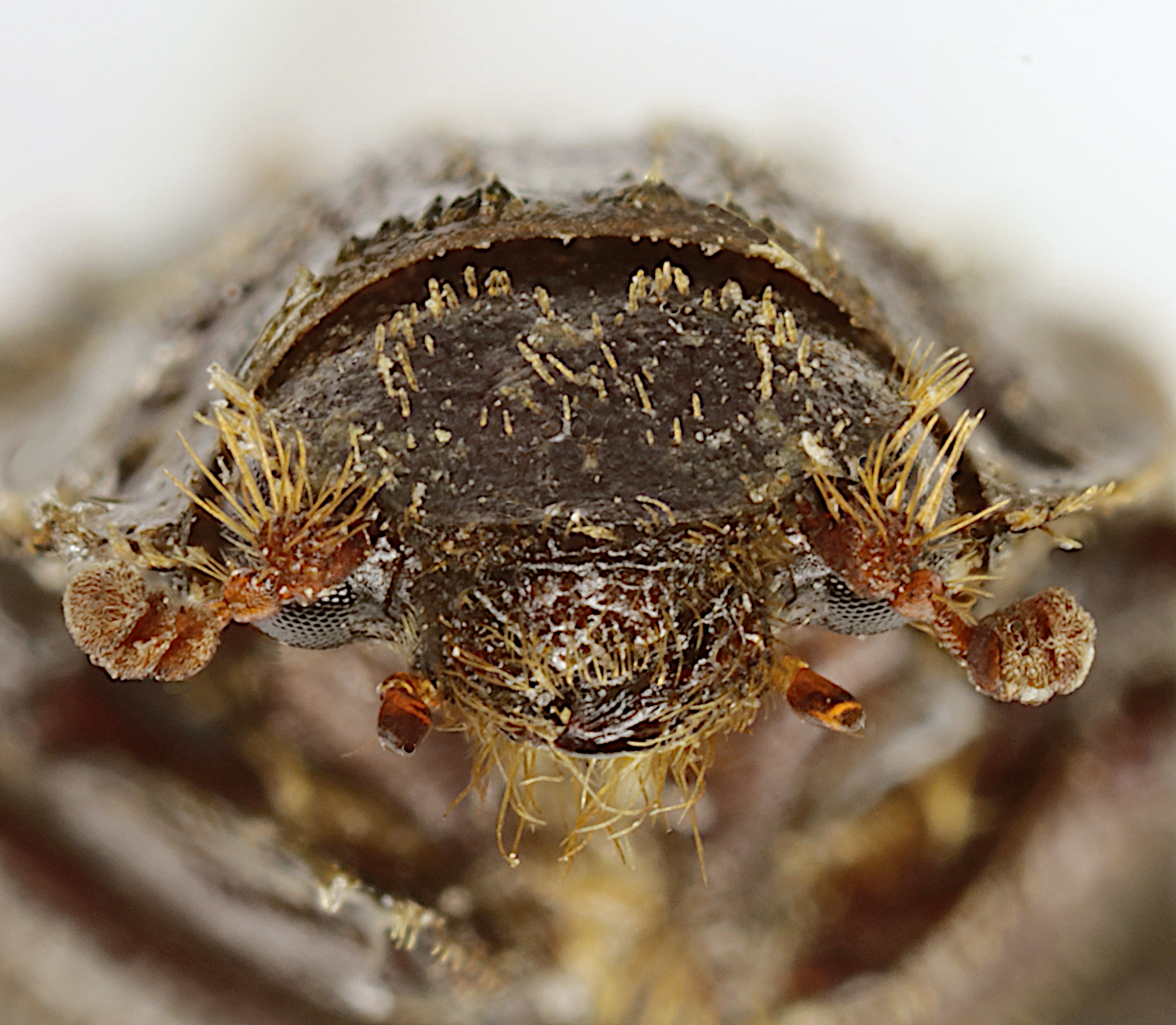|
Polynoncus Hemisphaericus
''Polynoncus hemisphaericus'' is a species of hide beetle in the subfamily Omorginae ''Omorginae'' is a subfamily of beetles in the family Trogidae which includes extant species and extinct beetle species from the Lower Cretaceous. The subfamily contains the following genera: *Cretomorgus Nikolajev, 2007 *Omorgus ''Omorgus'' ... found in Argentina and Chile. References hemisphaericus Beetles described in 1876 {{Trogidae-stub ... [...More Info...] [...Related Items...] OR: [Wikipedia] [Google] [Baidu] |
Hermann Burmeister
Karl Hermann Konrad Burmeister (also known as Carlos Germán Conrado Burmeister) (15 January 1807 – 2 May 1892) was a German Argentine zoologist, entomologist, herpetologist, botany, botanist, and coleopterologist. He served as a professor at the University of Halle, headed the museum there and published the ''Handbuch der Entomologie'' (1832–1855) before moving to Argentina where he worked until his death. Career Burmeister was born in Stralsund, where his father was a customs officer. He studied medicine at University of Greifswald, Greifswald (1825–1827) and Halle (Saale), Halle (1827–1829), and in 1830 went to Humboldt University of Berlin, Berlin to qualify himself to be a teacher of natural history. His dissertation was titled ''De insectorum systemate naturali'' and graduated as a doctor of medicine on November 4, 1829 and then received a doctor of philosophy on December 19 in the same year. He then joined for military service in Berlin and Grünberg (Silesia). He ... [...More Info...] [...Related Items...] OR: [Wikipedia] [Google] [Baidu] |
Hide Beetle
Trogidae, sometimes called hide beetles, is a family of beetles with a distinctive warty or bumpy appearance. Found worldwide, the family includes about 300 species contained in four or five genera. Trogids range in length from 2 to 20 mm. Their shape is oblong to oval, with a generally flat abdomen. Their color ranges from brown to gray or black, and they often encrust their bodies with soil. They resemble Scarabaeidae, scarab beetles with heavy limbs and spurs. They are scavengers and are among the last species to visit and feed on carrion. They are most often found on the dry remains of dead animals. Both adults and larvae eat feathers and skin. Some species are found in bird and mammal nests. Details of the life histories of many species are poorly known, since many are specialized to particular types of nests. They are often overlooked by predators and collectors due to their behaviors of covering their bodies with soil and becoming motionless when disturbed. This group ma ... [...More Info...] [...Related Items...] OR: [Wikipedia] [Google] [Baidu] |
Omorginae
''Omorginae'' is a subfamily of beetles in the family Trogidae which includes extant species and extinct beetle species from the Lower Cretaceous. The subfamily contains the following genera: *Cretomorgus Nikolajev, 2007 *Omorgus ''Omorgus'' is a genus of beetles of the family Trogidae Trogidae, sometimes called hide beetles, is a family of beetles with a distinctive warty or bumpy appearance. Found worldwide, the family includes about 300 species contained in four or ... Erichson, 1847 * Polynoncus Burmeister, 1876 References {{Trogidae-stub Trogidae ... [...More Info...] [...Related Items...] OR: [Wikipedia] [Google] [Baidu] |
Polynoncus
''Polynoncus'' is a genus of beetles of the Family Trogidae. It contains the following species: :'' Polynoncus aeger'' ( Guerin-Meneville, 1844) (South America) :'' Polynoncus aricensis'' (Gutierrez, 1950) (South America) :'' Polynoncus bifurcatus'' (Vaurie, 1962) (South America) :'' Polynoncus brasiliensis'' (Vaurie, 1962) (South America) :'' Polynoncus brevicollis'' (Eschscholtz, 1822) (South America) :'' Polynoncus bullatus'' (Curtis Curtis or Curtiss is a common English given name and surname of Anglo-Norman origin from the Old French ''curteis'' (Modern French ''courtois'') which derived from the Spanish Cortés (of which Cortez is a variation) and the Portuguese and Gali ..., 1845) (Chile, Argentina) :'' Polynoncus burmeisteri'' (Pittino, 1987) (Argentina) :'' Polynoncus chilensis'' (Harold, 1872) (Chile, Argentina) :'' Polynoncus crypticus'' ( Diéguez, 2019) (Chile) :'' Polynoncus diffluens'' (Vaurie, 1962) (Chile) :'' Polynoncus ecuadorensis'' Vaurie, 1962 (Ecuador) ... [...More Info...] [...Related Items...] OR: [Wikipedia] [Google] [Baidu] |
